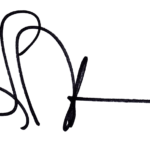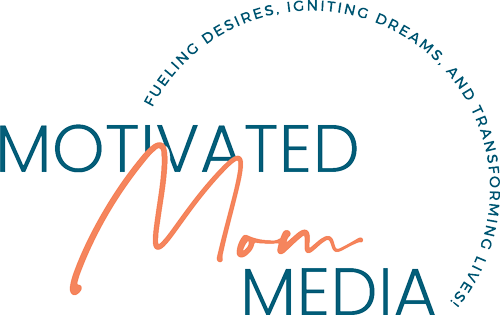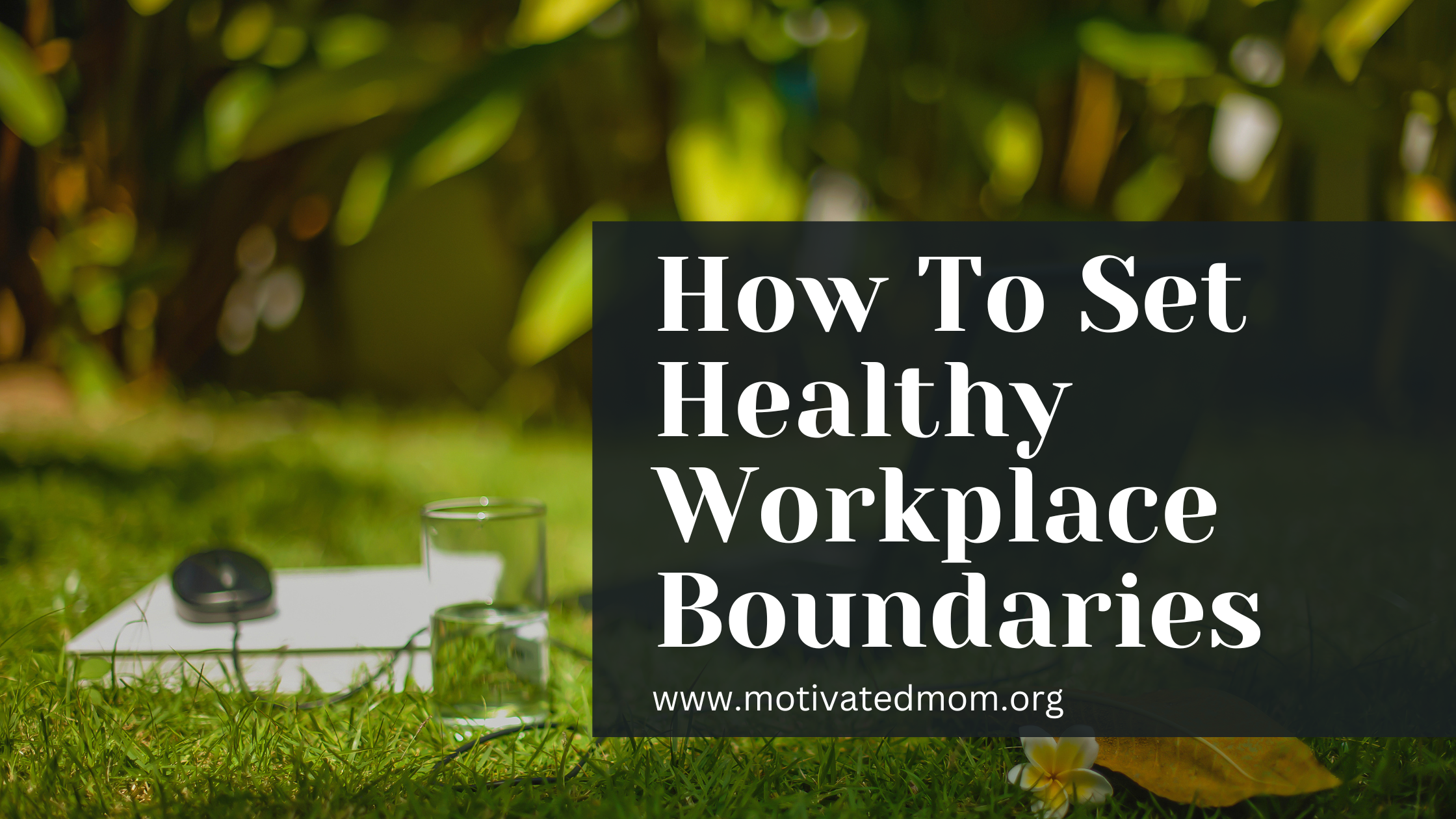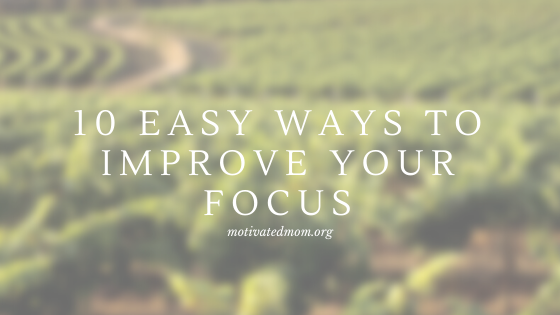How To Set Healthy Workplace Boundaries
Setting healthy workplace boundaries isn’t easy, no matter who you are. You want to be seen as a good and cooperative worker, but you also don’t want to have people walking all over you or taking away your precious off time. So if you’re looking to set some boundaries with your job, here are a few tips to help you get started.

Don’t Be Afraid to Take Time Off
Healthy workplace boundaries mean having the freedom to take off when needed. Americans have developed such a hustle culture. We end up feeling guilty or being made to feel guilty for taking time off, even when we’re sick. Many of us end up letting our vacation days waste each year because we feel bad about taking time off. Something that many bad managers will try to exploit and try to guilt trip you into not taking a much-deserved vacation. Even when we’re sick, we tend not to take time off to improve. But this is incredibly harmful. You are potentially spreading your germs to your coworkers and making it harder for your body to recover, which means you will be sick even longer. So don’t be afraid to take time off from being ill or enjoy a week off at home on the couch.
Get Comfortable Saying No
Saying no is never easy. You won’t be a team player. You want your bosses to think positively of you, especially come review time. But always saying yes is a surefire way to get burnout and end up doing far more than you were ever hired to do…often without the extra compensation. This is one of those boundaries that is best done when you’re starting a new job, but it is never too late to start saying no even if you’ve been at your job a long time. It is best to say it gently but firmly and only explains yourself if you get asked to. Don’t say no to everything, though. The people who always say no to everything are the people who are overlooked for promotions and are less likely to get a raise. They’re also the first to be let go when times get tough.
Define Your Work Hours…And Stick to Them
Are you getting paid to read emails at 7 in the morning while eating breakfast? No. So why are you reading your emails? They can wait until you get to work, and they should. This same thing goes for answering emails and calls after work too. You also need to protect your lunch break. It is a sacred time. Don’t let anyone try to convince you that you have to work through lunch.
Don’t get me wrong; I’m not saying you should never work overtime. I believe that if you’re healthy (physically and mentally) and get asked to work overtime unless you have a good reason not to, then you should do that over time. Not only will it help you come review time as you can show that you’re a team player and deserving of a raise, but you’re also getting paid more. That extra money can go into your Disneyland fund or help you enter the stock market.
Unpaid work hours though? Don’t even entertain the idea for a second. You deserve to be paid for your time.

Use the Technology You Have at Hand
One of my favorite tools in an office setting is the Out of Office function on my email. It gets turned on for every vacation and every day off. But that’s just the beginning of its use. Have a meeting outside the office? Taking a client to lunch? Turn on that out of the office. Another fantastic way to use your out of the office is to schedule deep work periods. Pick 2 hours a day. I like the two immediately following lunch but which ones you pick is entirely up to you. During those two hours, ideally your most productive, use it as a deep working time where you just put your head down and grind. No distractions, no checking emails or answering calls.
These are just a few ideas for how to use one little tool. I’ll have to do another article in the future with even more ideas.
Create a Busy Tell
It is essential to create a busy tell to help aid your deep working time and even just getting your work done. What is a busy tell? It’s something that people can immediately see, which means you are busy and not to be disturbed by random gossip or anything small. This might be a note on your closed door or even just having a pair of headphones on. It needs to be something that people walking up to talk to you will see before they’ve even had a chance to open their mouths.
You will also have to enforce what it means. There will always be someone who thinks it doesn’t apply to them for whatever reason. When that happens, gently remind them that your headphones or the sign mean that you’re too busy to talk at the moment. Most people will be respectful of that, especially if you suggest catching up with them later in the day. Creating a busy tell is a great way to develop healthy workplace boundaries.

Have a Plan for When Your Boundaries Get Pushed
That last part covered some of my final tips for setting boundaries in work and a plan for when things go wrong. There will eventually come a time when your boundaries are pushed, and you will need to plan for what to do next; otherwise, your boundaries will mean nothing and be completely ignored.
Polite reminders are always a great start, but some repeat offenders need a little more. What will you do then? At what point do you go to HR with a problem? What happens when it’s your boss that is the repeat offender? Where is your threshold for leaving your job? Knowing where it is in advance will help you maintain and respect your boundaries.
If a workplace repeatedly disrespects your boundaries, don’t be afraid to start looking for a new job. How are you setting healthy workplace boundaries?








